
Origin/Endemic status: Endemic
Synonymy: = Ar, F, FNA26, K3, K4, Mi, NE, NY, S13, Tat, Va, W, WV, Ward (2004c); = Yucca filamentosa L. var. filamentosa – RAB; = Yucca smalliana Fernald – Il; > Yucca concava Haw. – S; < Yucca filamentosa L. – C, G, K1; > Yucca filamentosa L. – S
Heliophily: 7
Hover over a shape, letter, icon, or arrow on the map for definition or see the legend.
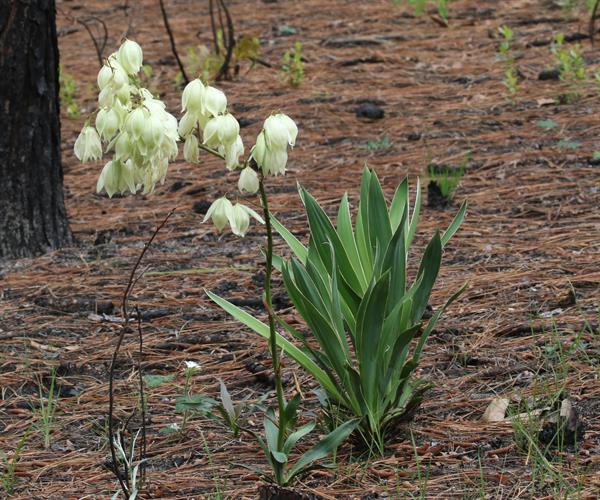 © Will Stuart | Original Image ⭷
© Will Stuart | Original Image ⭷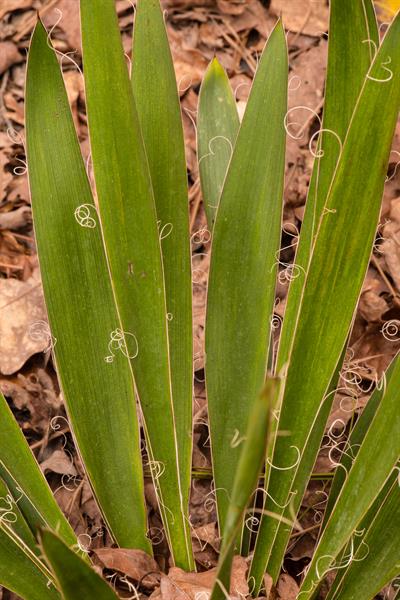 © Keith Bradley | Original Image ⭷
© Keith Bradley | Original Image ⭷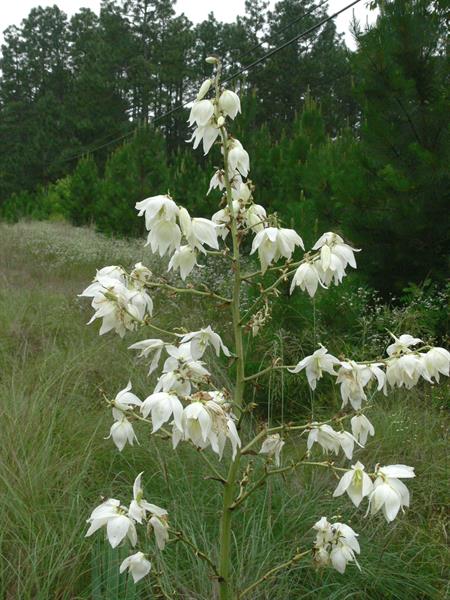 © Bruce A. Sorrie | Original Image ⭷
© Bruce A. Sorrie | Original Image ⭷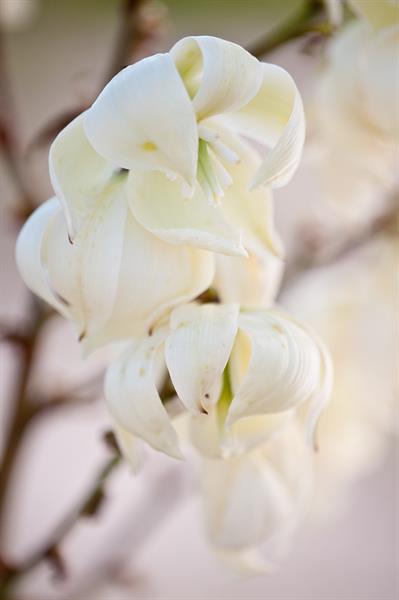 © Keith Bradley | Original Image ⭷
© Keith Bradley | Original Image ⭷ © Keith Bradley | Original Image ⭷
© Keith Bradley | Original Image ⭷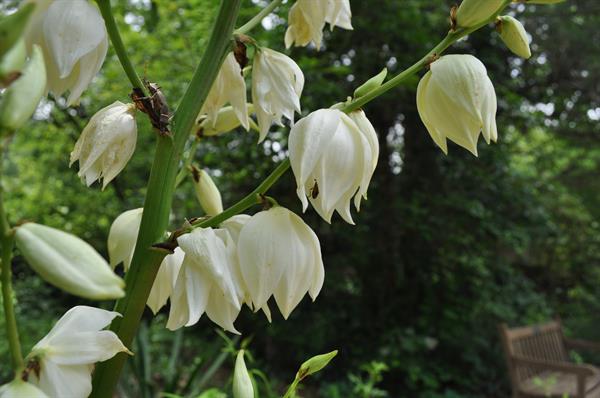 © Emily Oglesby | Original Image ⭷
© Emily Oglesby | Original Image ⭷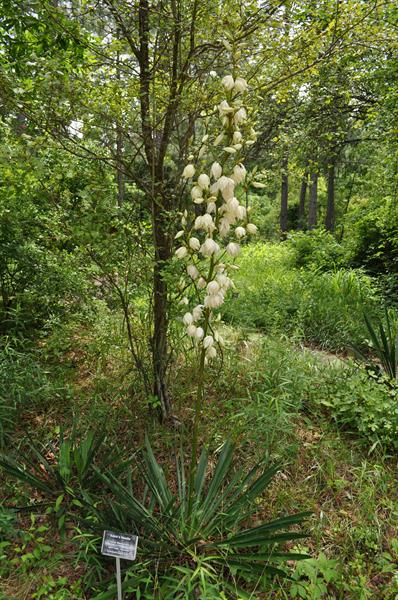 © Emily Oglesby | Original Image ⭷
© Emily Oglesby | Original Image ⭷Feedback
See something wrong or missing on about Yucca filamentosa? Let us know here: (Please include your name and email if at all complicated so we can clarify if needed.)
Cite as...